Daniel Throssell – Email Copywriting Compendium
$101.00 Original price was: $101.00.$12.00Current price is: $12.00.
Daniel Throssell Email Copywriting Compendium Course [Instant Download]
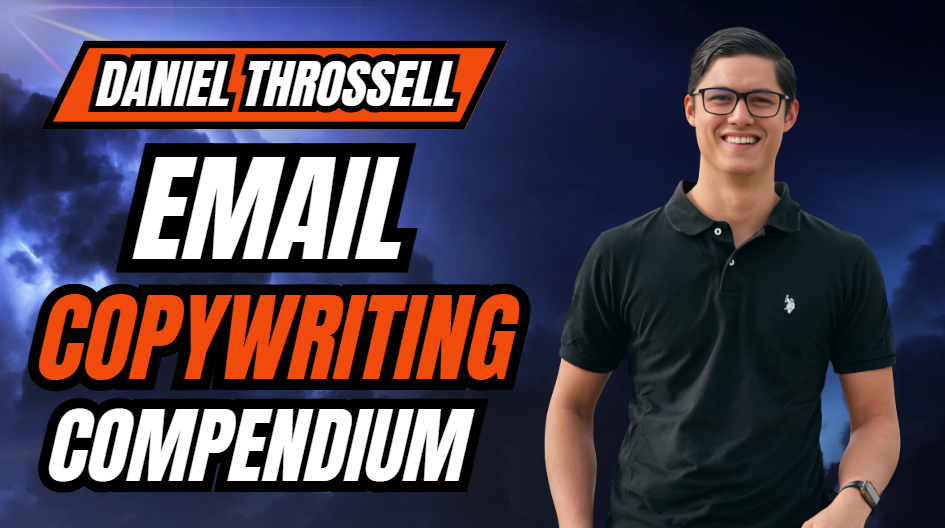
1️⃣. What is Email Copywriting Compendium?
Daniel Throssell’s Email Copywriting Compendium is an email marketing course that teaches you how to write sales emails people actually open, read, and buy from.
The course comes as a single PDF with 101 simple rules you can read in just 30 minutes. These rules show you how to create story-based emails that capture attention and drive sales.
Daniel developed these techniques by testing them against industry leaders. Using this system, he regularly outsells famous copywriters who have much bigger email lists than his.
His approach turns standard email marketing on its head by making sales emails entertaining instead of pushy. This keeps readers eager to open your emails while still getting them to buy.
📚 PROOF OF COURSE

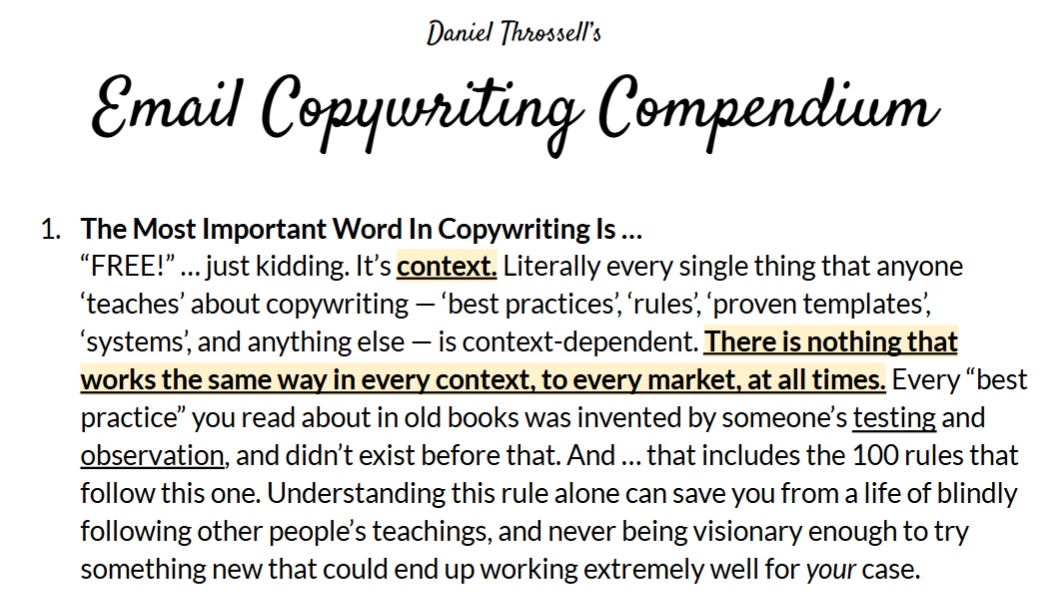
2️⃣. What you’ll learn in Email Copywriting Compendium:
The Email Copywriting Compendium teaches you Daniel Throssell’s special way of writing emails people actually want to open and read. Here’s what you’ll learn:
- Story-based sales techniques: Write emails that hook readers and sell better than old-school methods
- Subject line mastery: Create headlines that get opened without relying on worn-out “curiosity gap” tricks
- Email structure secrets: Learn the ideal email length and why writing emails backward works better
- Writer’s block solutions: Get 4 simple ways to never run out of email ideas
- Sales email psychology: See why people buy and how to sell without turning off your readers
- Advanced sales sequences: Build welcome series and launch campaigns that get real results
This course changes how you think about email copywriting, making it fun while boosting your results. You’ll walk away with practical tools to instantly improve your email marketing.
3️⃣. Email Copywriting Compendium Course Curriculum:
✅ Rules 1-10: Fundamental Email Philosophy
These rules set up the basic ideas behind effective email marketing. Rule #1 (“Context Is Everything”) reminds you that what works for one business might not work for yours. Throssell challenges common advice, arguing that readers care more about being entertained than getting pure information.
✅ Rules 11-30: Email Construction and Format
This section covers how to build good emails, including writing subject lines that make people curious, using storytelling, and why you should include sales pitches in daily emails. Throssell suggests writing like you’re talking to a friend rather than using formal business language.
✅ Rules 31-50: Email Strategy and List Building
These rules focus on how to plan your email marketing and grow your list. Topics include building relationships with readers, why free gifts often attract the wrong subscribers, and how to get people to share your emails. Throssell stresses creating a unique writing style and emailing regularly.
✅ Rules 51-70: Email Sequences and Welcome Series
This section explains how to create series of emails, including what to put in your first email and how to make welcome emails work better. Throssell shares insights on measuring email success beyond open rates and explains why you need to consider the bigger picture when looking at email results.
✅ Rules 71-85: Product-Specific Email Strategies
These rules give special advice for selling different kinds of products by email, including luxury items, physical products, wine, and art. Throssell explains techniques like using vivid descriptions for physical products and focusing on relationships when selling creative works.
✅ Rules 86-101: Email Sales Promotions
The final section covers running effective email sales, including how long promotions should last (3-7 days), how often to email during launches, and why most sales happen close to deadlines. Throssell shares surprising advice about sending multiple emails per day during launches and reminds readers not to worry too much about small mistakes.
The course moves from basic principles about email marketing to specific advice for different situations. Instead of a step-by-step system, it offers connected rules that you can apply based on your specific needs—supporting Throssell’s main idea that what matters most depends on your unique situation.Retry
4️⃣. Who is Daniel Throssell?
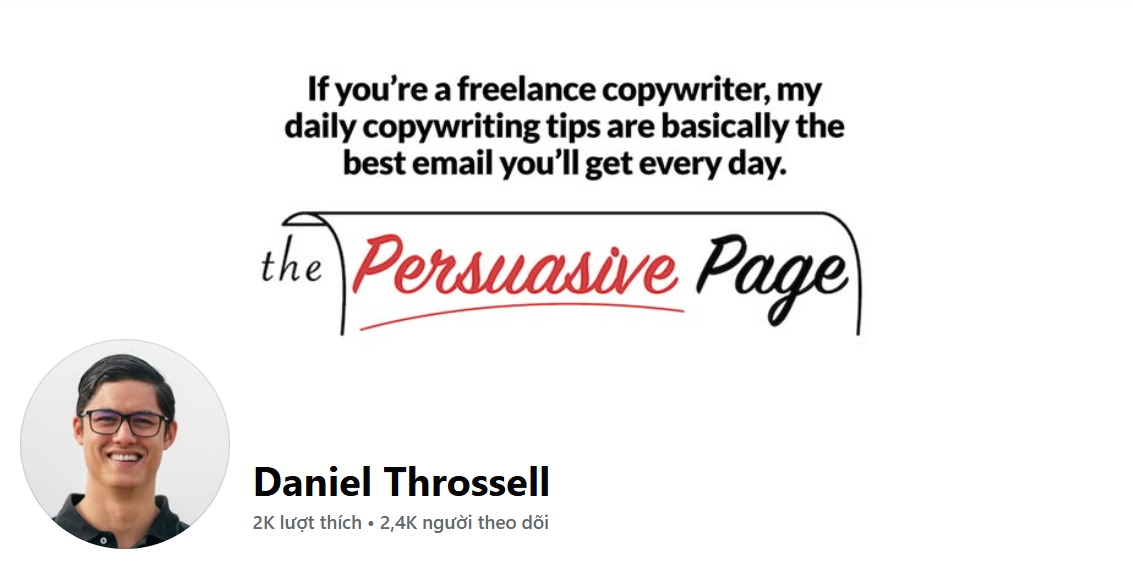
Daniel Throssell is one of Australia’s best copywriters. He’s earned praise from Scott Pape (author of The Barefoot Investor), Ben Settle, and Kim Krause Schwalm.
Daniel is known for his unique email style that blends storytelling, humor, and persuasion. His emails don’t just make sales – they get fan mail from readers.
In direct competitions, Daniel has outsold famous copywriters who have much bigger email lists, including Ian Stanley, John McIntyre, and Roy Furr. This proves his methods work.
Daniel runs The Persuasive Page, where he teaches copywriting skills. He’s also a popular guest on copywriting podcasts like The Copywriter Club.
Instead of following old copywriting “rules,” Daniel focuses on making emails enjoyable to read while still getting sales. This approach has earned him loyal followers among both clients and fellow copywriters.
5️⃣. Who should take Daniel Throssell Course?
The Email Copywriting Compendium is for anyone who wants to write emails people actually read and buy from. This course is made for:
- Business owners who want better connections with email subscribers and more sales without hiring expensive copywriters.
- Professional copywriters wanting to add powerful email skills to their services and charge higher rates.
- Email marketers facing lower open rates and engagement who need fresh ideas beyond old formulas.
- Content creators looking to make money from their audience without sounding “salesy” or putting off subscribers.
- Digital marketers needing simple techniques to improve email results without complex systems.
If you’re tired of the same old email advice and want methods that beat even well-known copywriters with bigger lists, this compendium gives you a fresh approach that works.
6️⃣. Frequently Asked Questions:
u003cstrongu003eQ1: What makes a good sales email?u003c/strongu003e
A good sales email tells a story that connects emotionally with readers. It focuses on benefits, not features, and has a clear call to action. The best sales emails feel like they’re from a friend, not a company trying to sell something.
u003cstrongu003eQ2: How do I write story-based sales emails?u003c/strongu003e
Start with a simple, relatable story from everyday life. Connect the story naturally to your product’s benefits. Keep it conversational and authentic. End with a clear next step for the reader that feels like a natural conclusion to your story.
u003cstrongu003eQ3: How often should I send sales emails to my list?u003c/strongu003e
You can email daily if your content is interesting and valuable. Most businesses do well with 2-3 emails per week. The key is consistency and making each email worth reading, not just selling in every message.
u003cstrongu003eQ4: What’s the ideal length for a sales email?u003c/strongu003e
The ideal sales email is 300-500 words. It should be long enough to tell a story but short enough to read in under 2 minutes. Mobile readers prefer even shorter emails, around 200 words that can be read in one screen view.
u003cstrongu003eQ5: How can I improve my email open rates?u003c/strongu003e
Write subject lines that create curiosity or promise clear value. Personalize when possible. Send at consistent times when your audience typically checks email. Remove inactive subscribers regularly to improve deliverability with email providers.
Be the first to review “Daniel Throssell – Email Copywriting Compendium” Cancel reply
Related products
Internet Marketing
Email Marketing
Email Marketing
List Building
Email Marketing


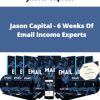
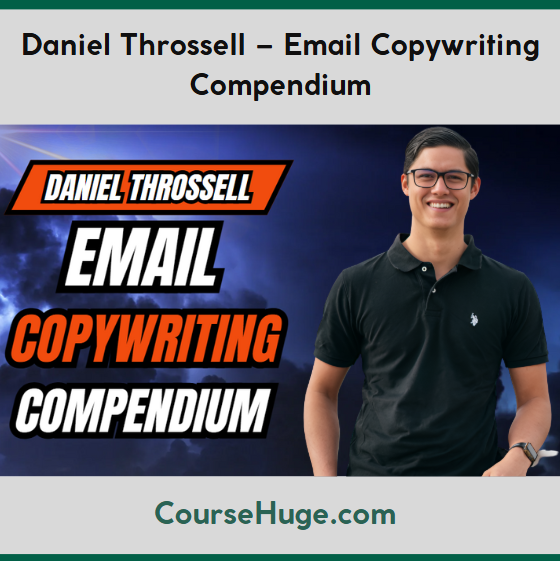
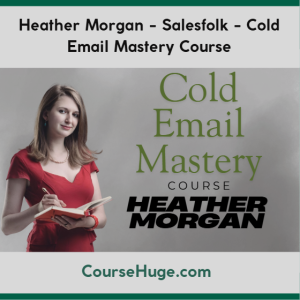
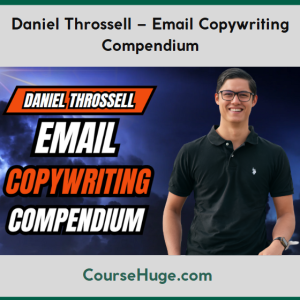
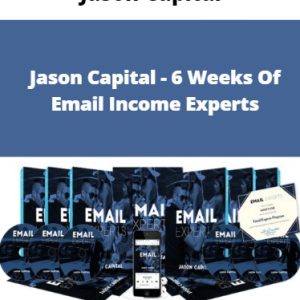
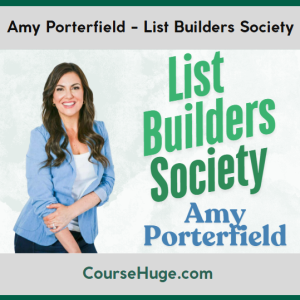
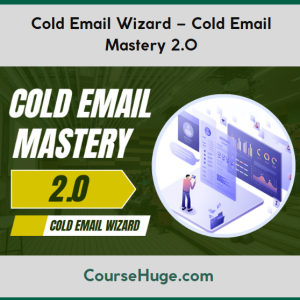
Reviews
There are no reviews yet.